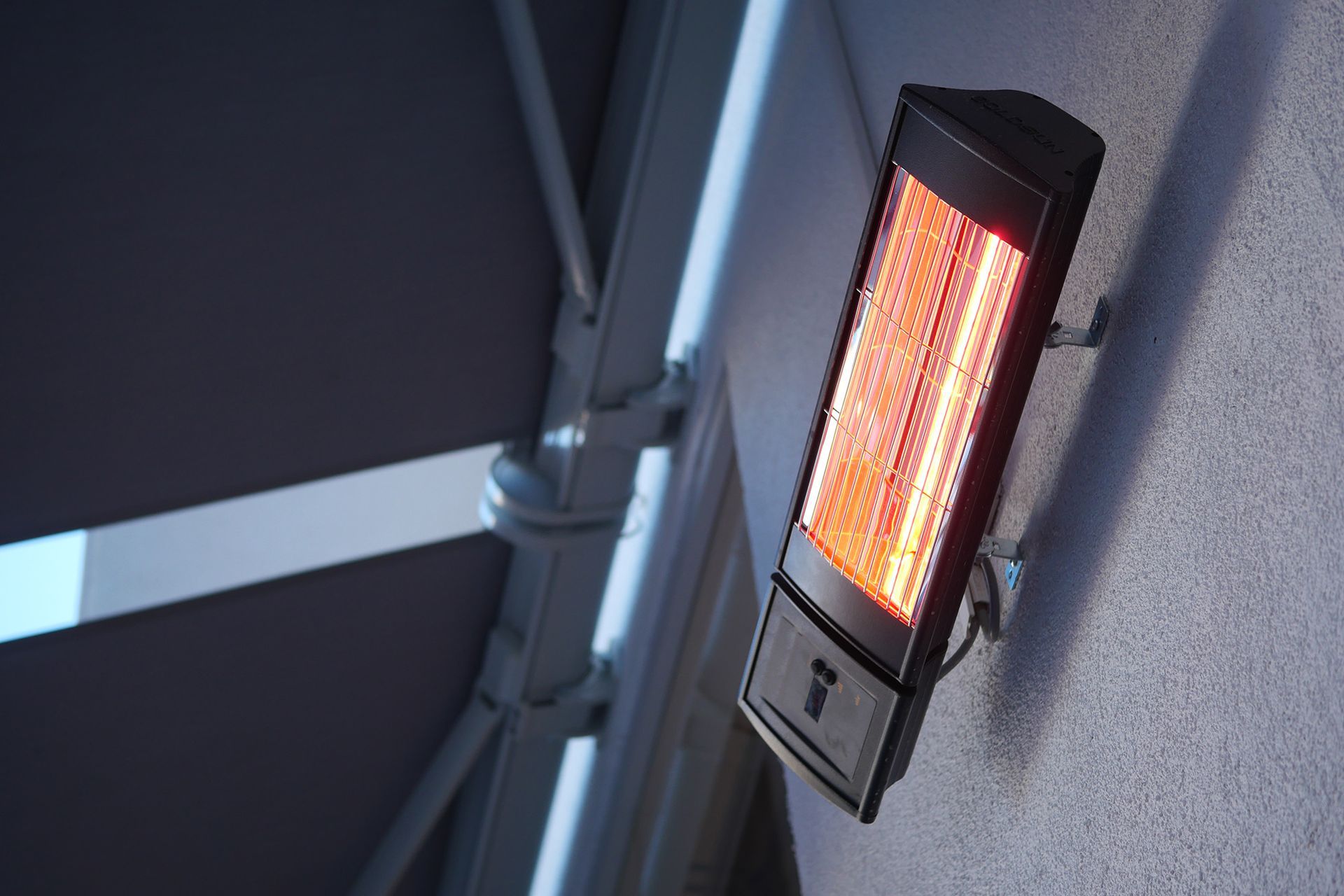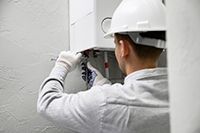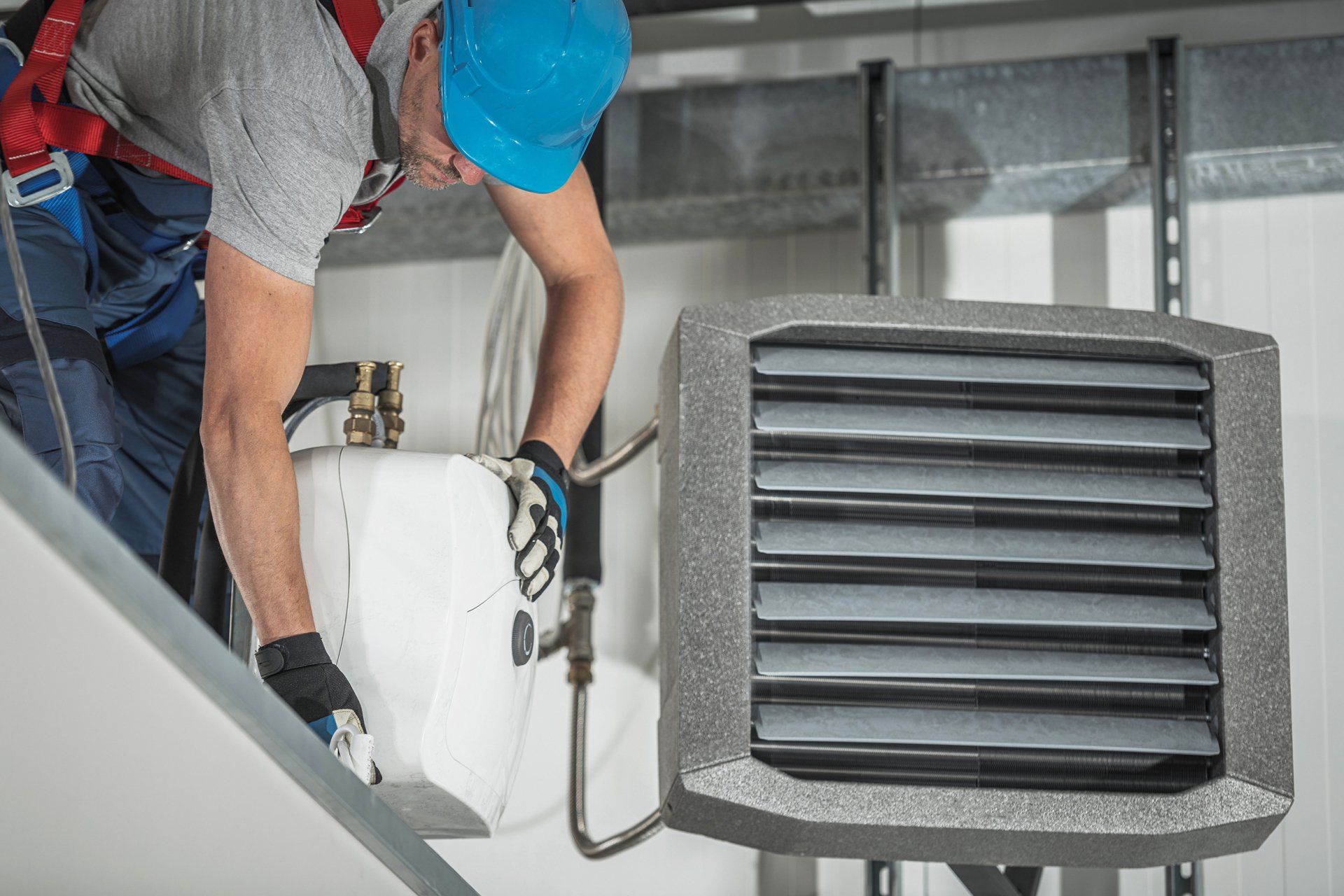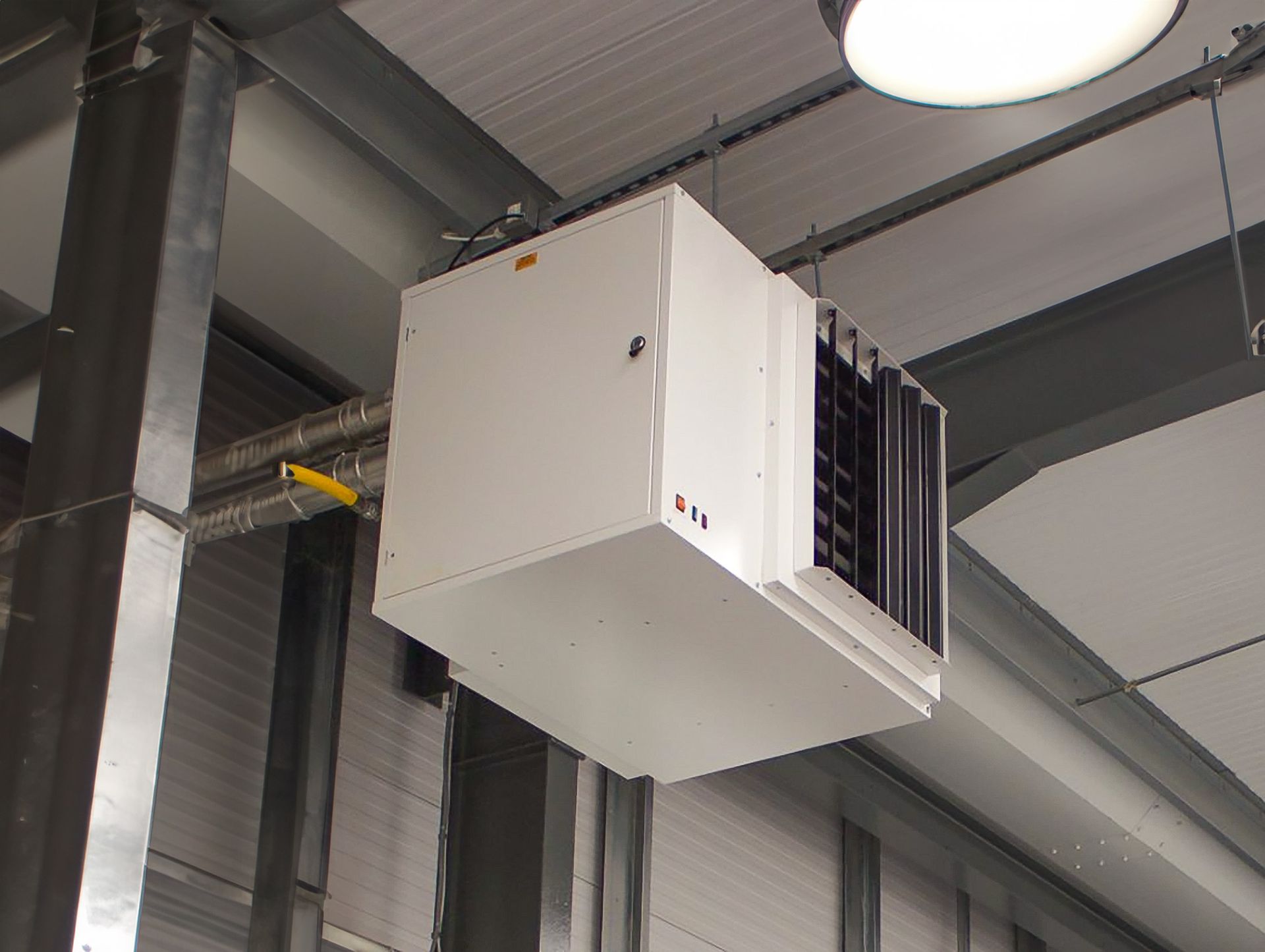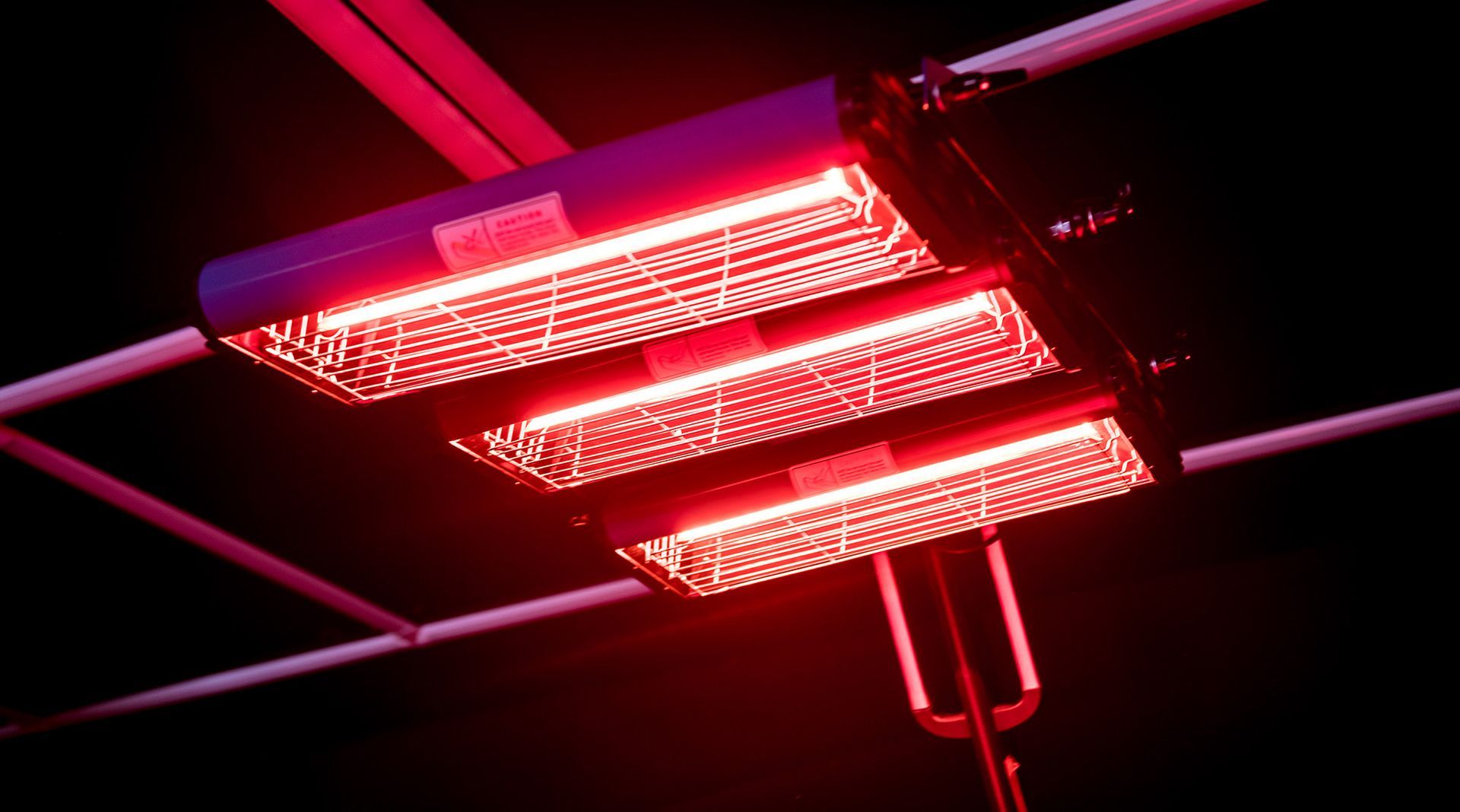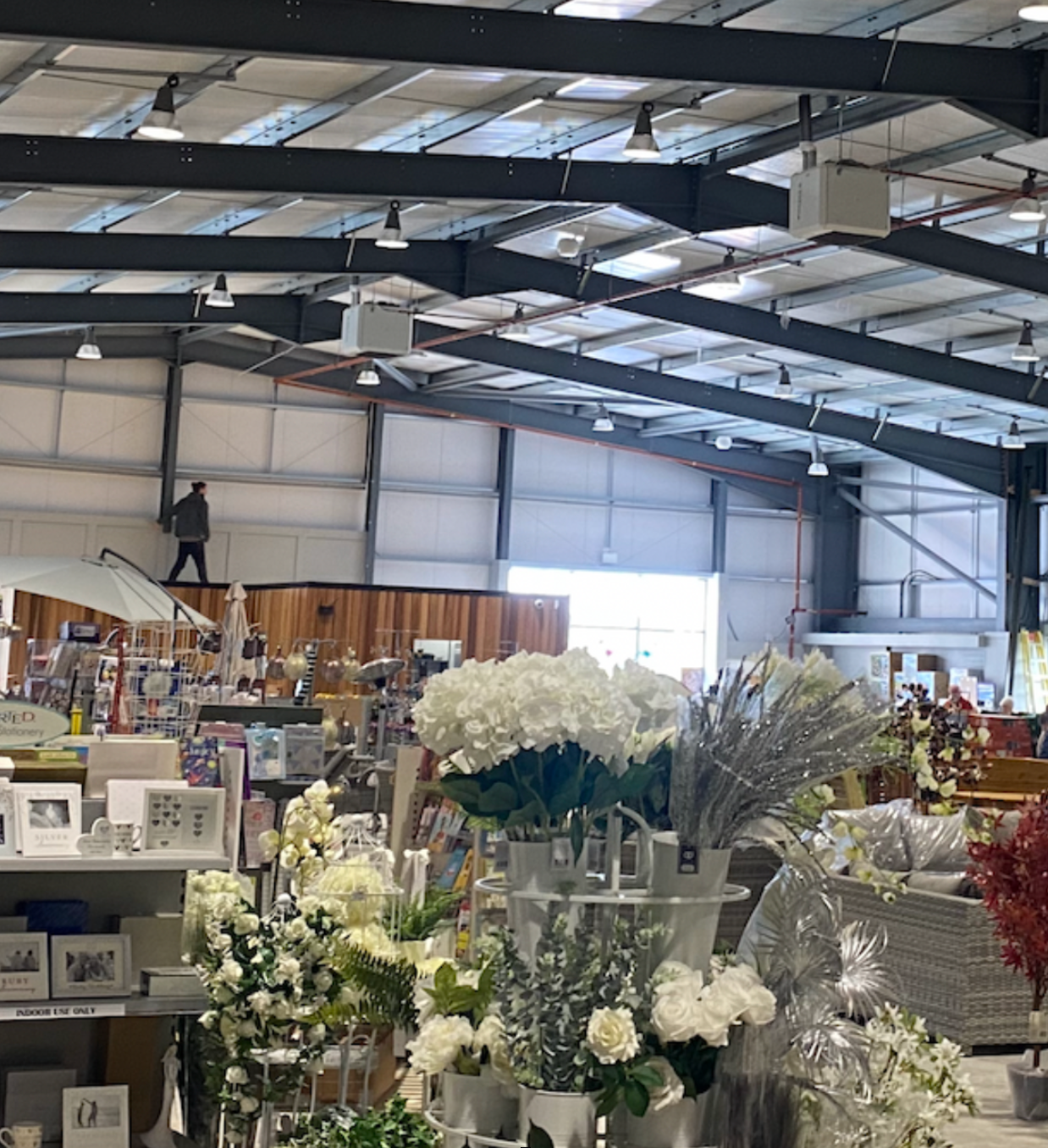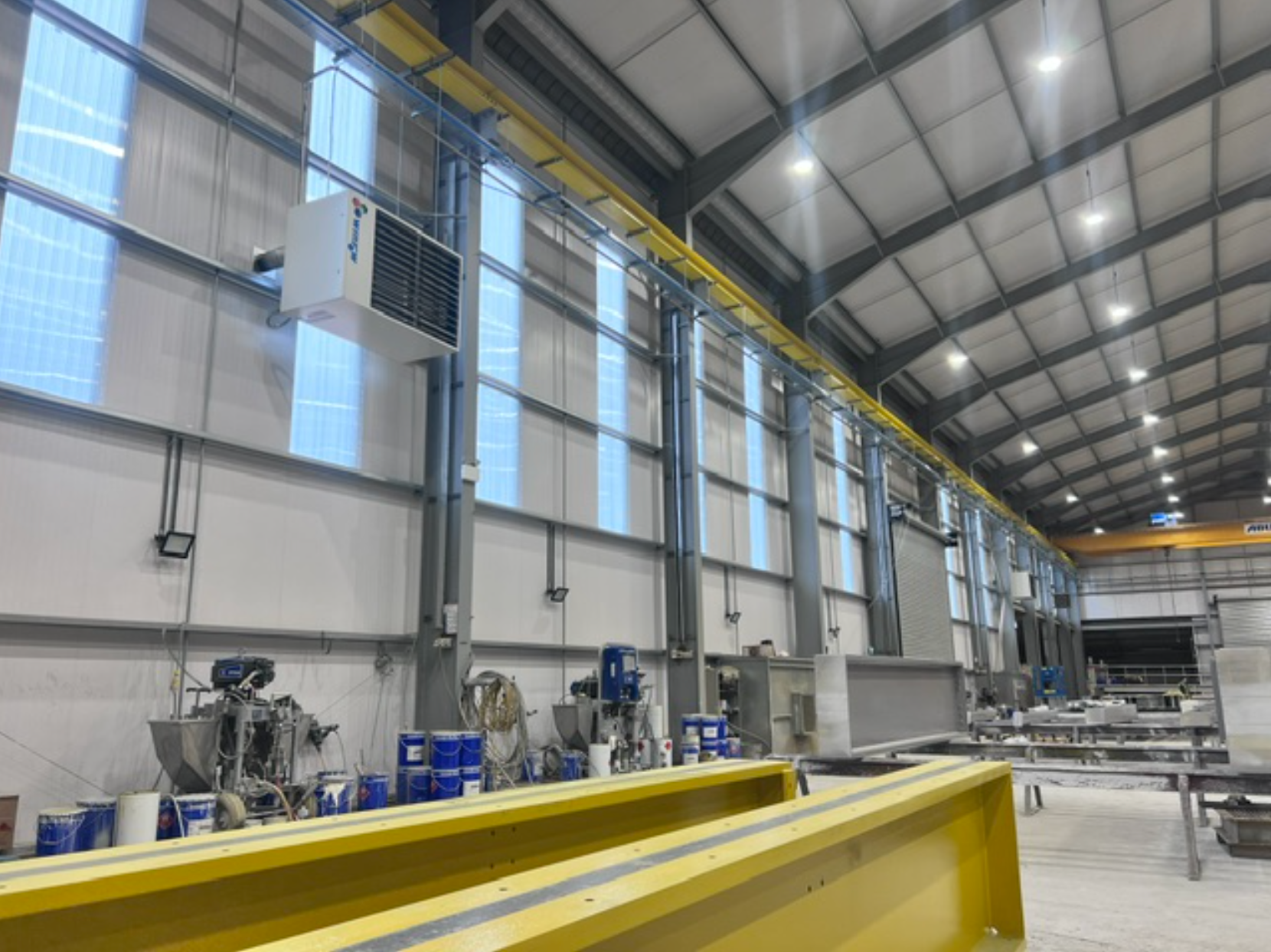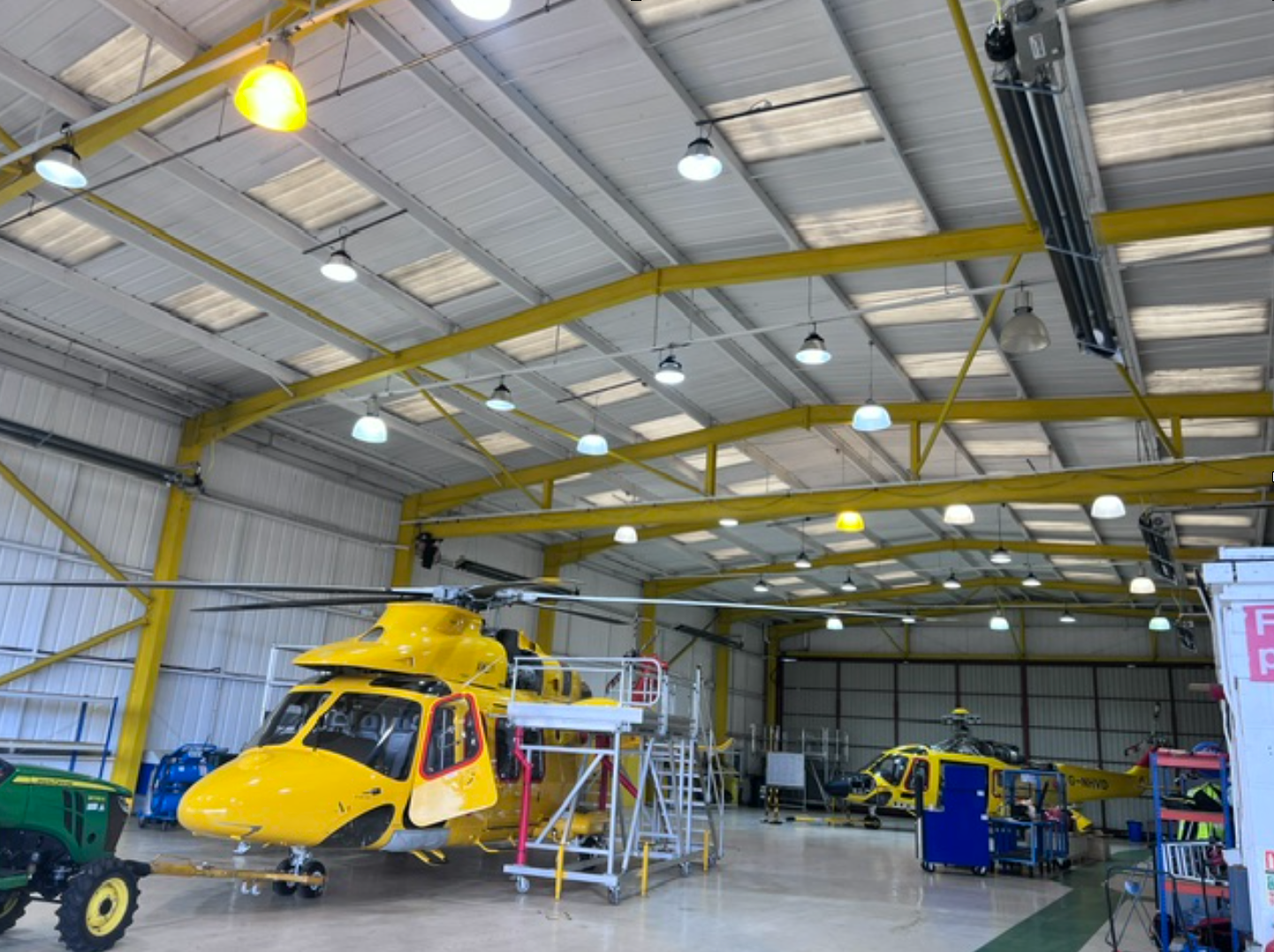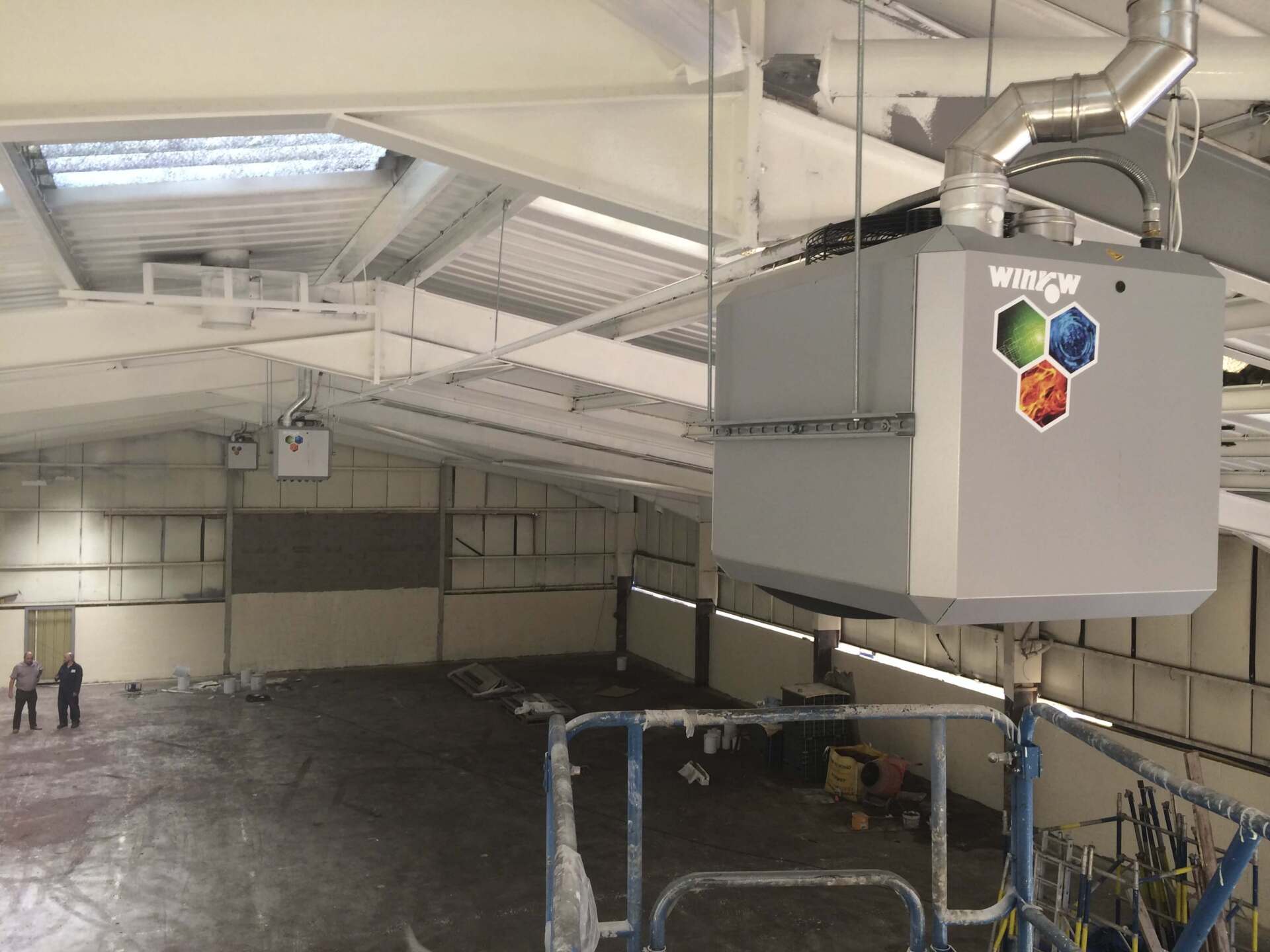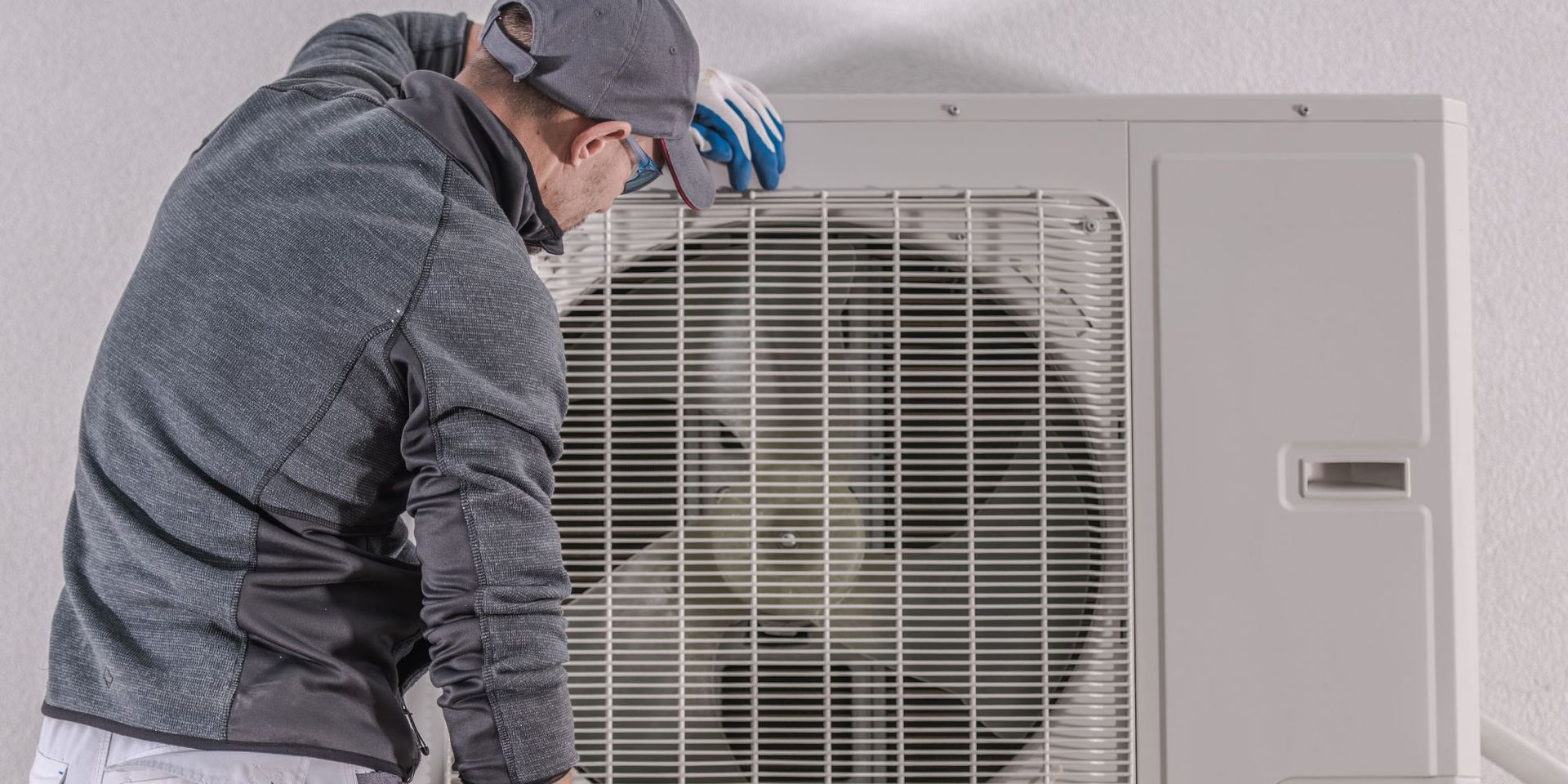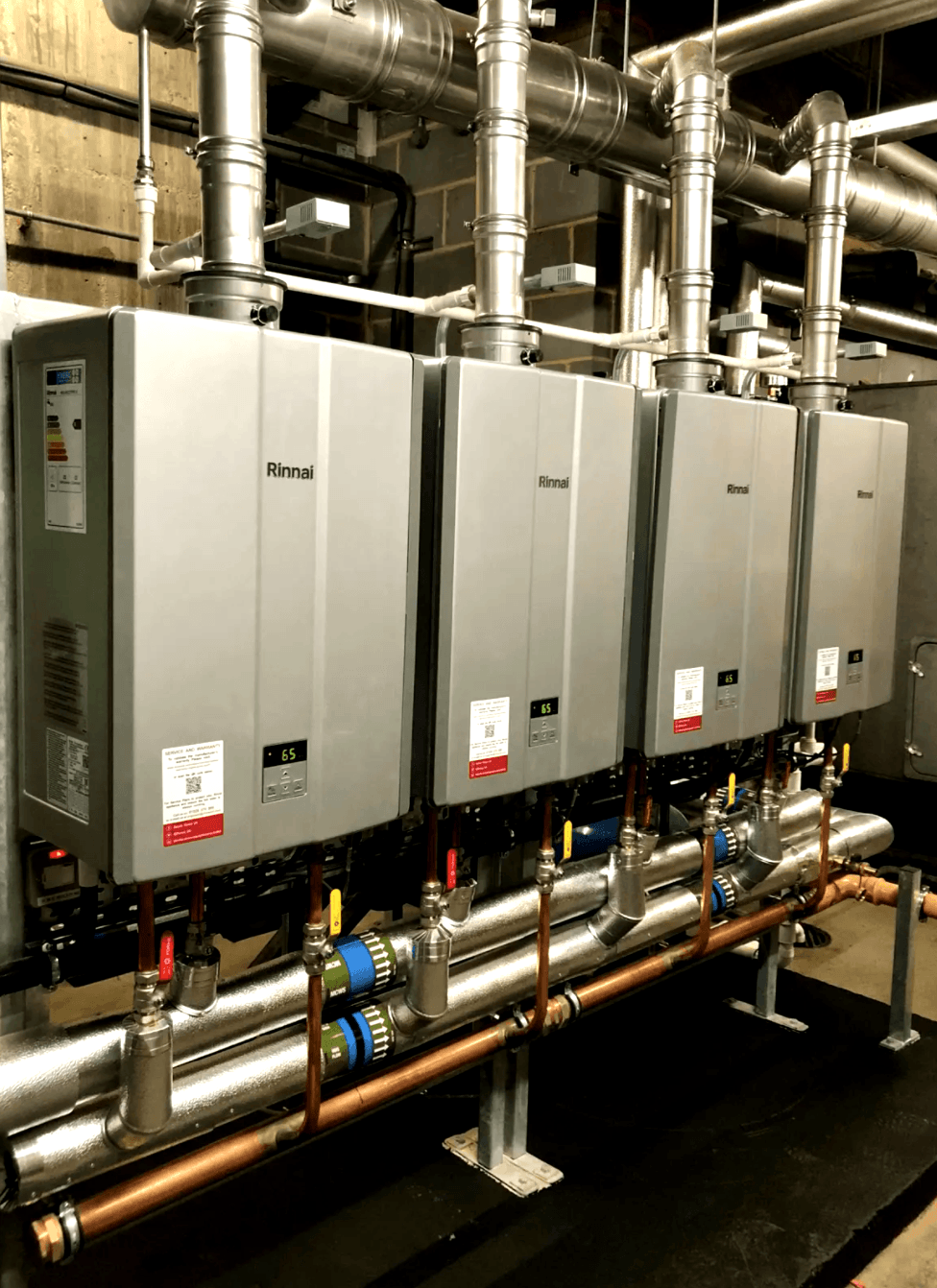LPG Heating for Warehouses: Pros and Cons
LPG, or liquefied petroleum gas, is a by-product of the natural gas processing and petroleum refining industries. It’s siphoned off then stored in gas bottles or tanks as a fuel in its own right. These days it’s commonly known as a fuel for road vehicles, but it has a wide variety of other uses including domestic and industrial heating. There are two principal types: butane and propane.
What’s Good about It?
The advantages of LPG heating are numerous. Despite being a fossil fuel, it has a reputation for being relatively good for the environment. It’s comparatively clean burning and produces less harmful emissions.
LPG generates very little carbon dioxide and is low in sulphur, nitrogen and other particulates. If it’s spilled, it’ll evaporate quickly with little risk of contamination.
Why Does It Work for Heating Warehouses?
The great benefit of LPG for industrial use is that installation costs are low. Gas storage is easier than oil and LPG boilers take up less space than other types.
LPG provides instant, easily controlled heat that can safely be used indoors. Propane can be used outdoors in sub-zero temperatures too. LPG is also ideal where there’s no mains gas supply.
Any Drawbacks?
The obvious disadvantage of LPG is that it needs to be kept in pressurised containers, which leaves a small risk. As with any other gas products, the boilers and infrastructure must be well maintained.
That said, compared to many other fuels commonly used, LPG comes with few unnecessary risks and plenty of advantages.
To find out more about LPG heating for your warehouse, contact Winrow today to see if LPG heating can work for you. We’ve been working with high performance LPG heating systems for many years, and our customers have come to rely on the economy and reliability of LPG. Call us now on 08000 588 035 for more information and a FREE quotation.
Share This Post.
Latest News | Winrow Industrial Heating
